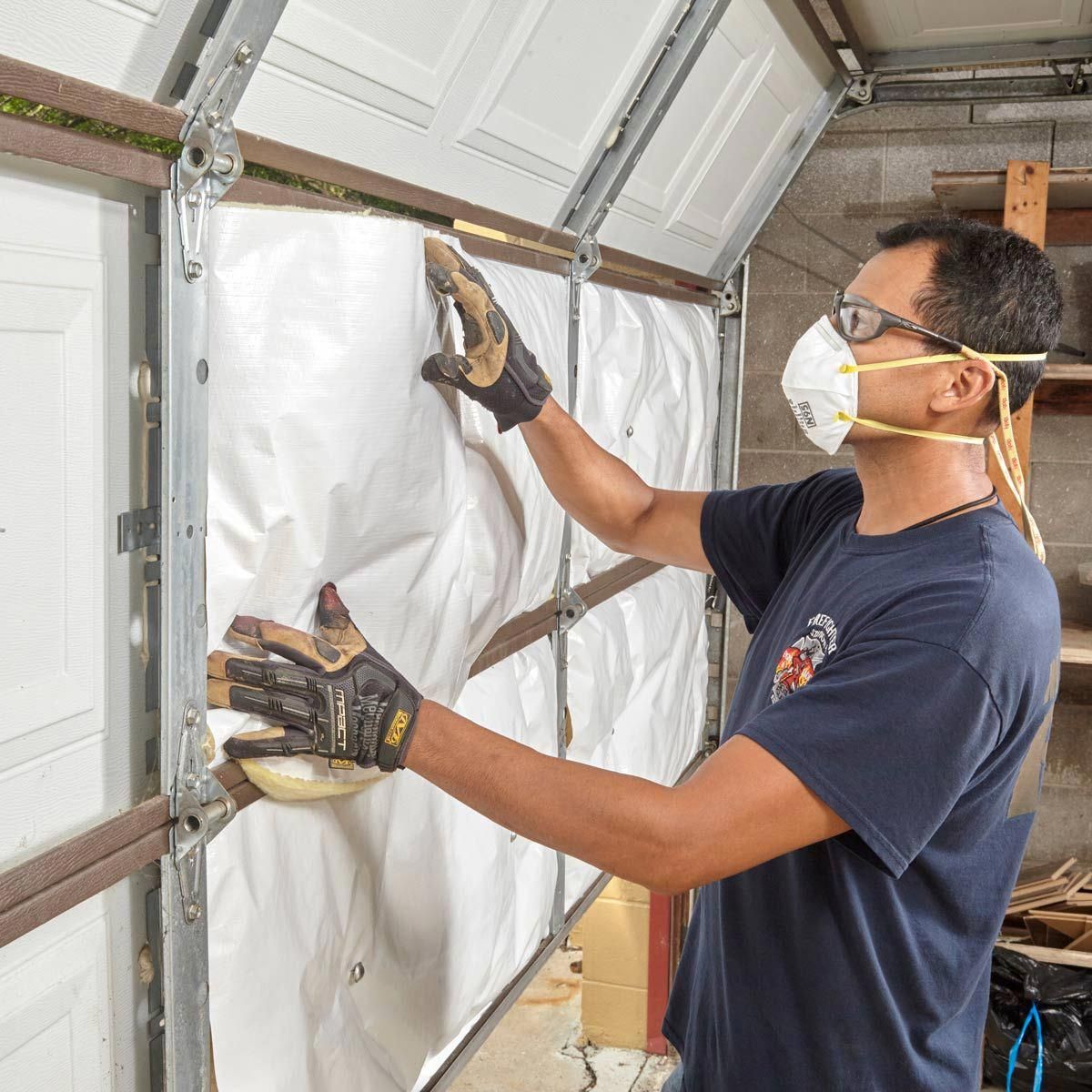

Articles
How Do You Insulate A Garage Door
Modified: January 23, 2024
Learn how to properly insulate your garage door with our informative articles. Improve energy efficiency and reduce noise while adding value to your home.
(Many of the links in this article redirect to a specific reviewed product. Your purchase of these products through affiliate links helps to generate commission for Storables.com, at no extra cost. Learn more)
Introduction
A well-insulated garage door is essential for maintaining a comfortable and energy-efficient space. Whether you use your garage as a workshop, storage area, or even an additional living space, insulating the garage door can help regulate the temperature and reduce energy loss, resulting in lower heating and cooling costs. In this article, we will explore the different types of garage door insulation, the materials used for insulation, the step-by-step process of insulating a garage door, the benefits associated with this home improvement project, factors to consider before insulating, and common mistakes to avoid.
Before we dive into the specifics, let’s understand why insulating your garage door is a worthwhile investment. Garage doors are typically made of aluminum or steel, which are conductive materials that allow heat to escape easily during the winter and enter during the summer. This can create uncomfortable temperature fluctuations in your garage and even impact the temperature of adjacent rooms in your home. By insulating your garage door, you can create a thermal barrier that helps regulate the temperature inside the garage.
Not only does insulating your garage door improve temperature control, but it also provides other benefits. Insulation can help reduce noise transmission, making your garage quieter and more peaceful. It can also help protect your belongings stored inside the garage from extreme temperatures, moisture, and pests. Additionally, insulating your garage door can improve the overall energy efficiency of your home, helping you save on utility bills and reducing your carbon footprint.
Now that we understand the importance of garage door insulation, let’s explore the different types of insulation options available.
Key Takeaways:
- Insulating your garage door can improve temperature control, energy efficiency, and noise reduction, while protecting your belongings and increasing home value.
- Consider factors such as climate, budget, and insulation type before insulating your garage door to ensure optimal results and avoid common mistakes.
Read more: How To Tell If Garage Door Is Insulated
Types of Garage Door Insulation
When it comes to insulating your garage door, there are several options to choose from. The choice of insulation type will depend on your budget, desired insulation value (R-value), and personal preferences. Here, we will discuss the most common types of garage door insulation:
1. Batt Insulation: Batt insulation is one of the most popular and affordable options for garage door insulation. It consists of fiberglass or mineral wool batts, which are available in pre-cut panels that fit between the garage door frames. Batt insulation is relatively easy to install and offers good thermal insulation properties.
2. Rigid Foam Insulation: Rigid foam insulation, also known as foam board insulation, is another popular option. It is made of dense polystyrene or polyurethane foam panels that provide excellent insulation. Rigid foam insulation is lightweight and durable, and it can be attached to the garage door panels using adhesive or mechanical fasteners.
3. Spray Foam Insulation: Spray foam insulation is a more advanced option that offers superior insulation performance. It is applied as a liquid that expands and hardens into a foam, filling gaps, and cracks to provide a seamless insulation layer. Spray foam insulation creates an airtight seal, improving energy efficiency and reducing air leakage.
4. Reflective Insulation: Reflective insulation is a type of insulation that consists of a layer of foil or other reflective materials. It works by reflecting radiant heat away from the garage door. Reflective insulation is easy to install and provides effective heat reflection, making it particularly suitable for garages located in hot climates.
5. Insulated Garage Door Panels: If you are looking for a hassle-free option, you can consider purchasing garage doors with built-in insulation. These doors come with insulated panels that provide excellent thermal efficiency. While they may be a slightly more expensive upfront investment, they can offer long-term energy savings and convenience.
When choosing the type of insulation, consider factors such as your climate, desired insulation level, and budget. It’s also important to ensure that the insulation you choose is compatible with your specific garage door model and installation requirements.
Now that we have explored the different types of garage door insulation, let’s move on to the materials used for insulation.
Insulation Materials for Garage Doors
When insulating your garage door, selecting the right insulation material is crucial for achieving optimal performance and durability. Several materials are commonly used for garage door insulation, each with its own unique characteristics. Let’s take a look at some of the most common options:
1. Fiberglass: Fiberglass is a popular choice for garage door insulation. It consists of fine glass fibers that are woven together to create a lightweight and flexible material. Fiberglass insulation has excellent thermal properties and is resistant to moisture and pests. It is typically installed in the form of batts or rolls.
2. Expanded Polystyrene (EPS) Foam: EPS foam is a type of rigid foam insulation that is lightweight, moisture-resistant, and offers good thermal insulation. It is available in panels or boards that can be cut to fit the garage door panels. EPS foam insulation provides excellent insulation value and is relatively easy to work with.
3. Polyurethane Foam: Polyurethane foam is a high-performance insulation material that offers exceptional thermal insulation and air sealing properties. It is typically applied as a spray foam that expands and adheres to the garage door panels, creating a seamless and airtight insulation layer. Polyurethane foam insulation provides excellent energy efficiency and structural stability.
4. Reflective Foil Insulation: Reflective foil insulation utilizes a layer of reflective material, typically aluminum foil, to reflect radiant heat. It is often combined with other insulation materials to enhance thermal performance. Reflective foil insulation is easy to install and can effectively reduce heat transfer through the garage door.
5. Cellulose: Cellulose insulation is made from recycled paper fibers treated with fire-retardant chemicals. It is a loose-fill insulation material that can be blown or sprayed into the garage door panels. Cellulose insulation is environmentally friendly, offers good thermal performance, and is effective at reducing noise transmission.
When choosing an insulation material, consider factors such as insulation value (R-value), moisture resistance, durability, ease of installation, and compatibility with your garage door. It is also recommended to check local building codes and regulations to ensure compliance.
Now that we have explored the various insulation materials, let’s move on to the step-by-step process of insulating a garage door.
Steps to Insulate a Garage Door
Insulating your garage door is a relatively straightforward process that can be done by following a few simple steps. Here is a step-by-step guide to help you insulate your garage door effectively:
1. Measure Your Garage Door: Start by measuring the dimensions of your garage door panels. This will help you determine the amount of insulation material you will need to purchase.
2. Clean and Prepare the Garage Door: Thoroughly clean the garage door panels to remove any dirt, dust, or grease. Ensure that the surface is dry and free of any debris before proceeding to the insulation process.
3. Cut the Insulation Material: Using a utility knife or scissors, cut the insulation material to fit the size of each garage door panel. Be sure to leave a slight overlap to ensure a snug fit.
4. Attach the Insulation Material: Depending on the type of insulation material you are using, you may need to attach it using adhesive, mechanical fasteners, or both. Follow the manufacturer’s instructions for proper installation techniques.
5. Seal the Edges: To enhance the insulation effectiveness, seal the edges of the insulation material with foil tape or weatherstripping. This will help prevent air leakage and improve the overall energy efficiency of the garage door.
6. Install Seals or Weatherstripping: Inspect the bottom of the garage door and install weatherstripping or a garage door seal to seal any gaps between the door and the floor. This will further prevent drafts and improve insulation.
7. Check for Proper Operation: After insulating the garage door, test its opening and closing to ensure that it operates smoothly without any interference or obstruction caused by the insulation material.
Following these steps will help you properly insulate your garage door and reap the benefits of improved energy efficiency and temperature control.
Now that we have covered the steps for insulating a garage door, let’s explore the benefits that come with this home improvement project.
Consider using a garage door insulation kit, which typically includes insulation panels or foam inserts that can be easily installed on the inside of the garage door. This can help to regulate the temperature inside the garage and reduce energy costs.
Benefits of Insulating a Garage Door
Insulating your garage door offers a range of benefits that can enhance your home’s comfort, energy efficiency, and overall functionality. Here are some key benefits of insulating a garage door:
1. Improved Temperature Control: Insulating your garage door helps regulate the temperature inside the garage, making it more comfortable regardless of the weather outside. It prevents heat loss during winter and heat gain during summer, creating a more pleasant environment for various activities.
2. Energy Savings: A well-insulated garage door can significantly reduce energy consumption. By minimizing heat transfer, your HVAC system won’t have to work as hard to maintain desired temperatures, resulting in lower energy bills and long-term savings.
3. Noise Reduction: Insulation acts as a sound barrier, reducing noise transmission between the garage and the rest of the home. This is especially beneficial if you use your garage as a workshop, gym, or living space, allowing you to work or relax in a quieter environment.
4. Protection of Belongings: Insulation helps protect your stored belongings from extreme temperatures and moisture. It prevents items from getting damaged or warped due to temperature fluctuations, especially sensitive items like electronics, artwork, and delicate materials.
5. Improved Durability: Insulating your garage door can help extend its lifespan by reducing the impact of weather elements. It helps prevent rust, corrosion, and other forms of damage caused by exposure to extreme temperatures and moisture.
6. Enhanced Energy Efficiency: By insulating your garage door, you contribute to the overall energy efficiency of your home. Conserving energy helps reduce your carbon footprint and make your home more environmentally friendly.
7. Increased Home Value: Insulating your garage door is a worthwhile investment that can add value to your home. Potential buyers are often attracted to energy-efficient features, and an insulated garage door can be an appealing selling point.
It’s important to note that the actual benefits you experience will depend on various factors such as the insulation type used, the quality of installation, and the overall condition of your garage. It is recommended to consult with a professional or refer to manufacturer guidelines for specific product benefits and specifications.
Now that we have explored the benefits of insulating a garage door, let’s move on to the factors you should consider before starting this project.
Read more: How To Install Insulation On Garage Door
Factors to Consider Before Insulating a Garage Door
Before diving into the process of insulating your garage door, there are several important factors to consider. These factors will help ensure that you make informed decisions and achieve the best results. Here are some key considerations:
1. Climate: Your local climate plays a significant role in determining the type and level of insulation you need. If you live in a region with extreme temperatures, you may require higher insulation values (R-values) to effectively regulate the temperature inside the garage.
2. Budget: Insulating a garage door can range in cost depending on the insulation type, materials, and size of your garage door. Consider your budget and research different insulation options to find one that fits within your financial constraints.
3. Garage Door Material: The material of your garage door can affect the insulation process. Some materials, such as steel or aluminum, may require additional steps or specialized insulation materials. Ensure that the insulation method you choose is compatible with your garage door material.
4. Insulation Type and R-Value: There are various insulation types available, each with its own R-value (a measure of insulation’s thermal resistance). Consider the R-value recommended for your climate and aim for an insulation material that meets or exceeds that value to maximize energy efficiency.
5. Installation Skills: Assess your DIY skills and determine whether you feel confident in installing the insulation yourself. Insulation installation can vary in complexity, and if you’re unsure, it’s best to seek professional assistance to ensure proper and effective installation.
6. Compatibility with Garage Door Operation: Take into account how insulation may affect the normal operation of your garage door. Ensure that the added insulation will not interfere with the door’s movement or cause any obstructions that could compromise safety.
7. Aesthetics: Consider how the insulation material and installation method will affect the appearance of your garage door. Most insulation options are hidden from view when the door is closed, but it’s important to choose an option that aligns with your aesthetic preferences.
By carefully considering these factors, you can make informed decisions and choose the best insulation solution for your garage door. Keep in mind that consulting with insulation professionals or garage door specialists can provide valuable guidance and assistance throughout the process.
Now that we have discussed the factors to consider, let’s explore some common mistakes to avoid when insulating a garage door.
Common Mistakes to Avoid when Insulating a Garage Door
Insulating a garage door can be a beneficial home improvement project, but it’s important to avoid common mistakes that can hinder the effectiveness and durability of the insulation. By being aware of these pitfalls, you can ensure a successful insulation job. Here are some common mistakes to avoid:
1. Not Measuring Properly: One of the most common mistakes is not accurately measuring the garage door panels before purchasing insulation material. Take precise measurements to ensure that you purchase the right amount of insulation and that it fits properly.
2. Using the Wrong Insulation Type: Using the wrong insulation type for your garage door material or climate can lead to suboptimal results. Research and choose an insulation material that is compatible and provides the necessary thermal resistance for your specific situation.
3. Poor Installation: Improper installation can compromise the effectiveness of the insulation. Avoid gaps or overlaps in the insulation material, and make sure it is securely attached to the garage door panels. Follow the manufacturer’s instructions or seek professional assistance to ensure a proper and airtight installation.
4. Omitting Sealing or Weatherstripping: Neglecting to seal the edges of the insulation material with foil tape or weatherstripping can diminish its performance. The edges should be tightly sealed to prevent air leakage and maintain energy efficiency.
5. Ignoring Safety Precautions: It’s important to prioritize safety during the insulation process. Take necessary precautions such as wearing protective gloves, goggles, and a mask when handling insulation materials. Follow safety guidelines and manufacturer recommendations to avoid accidents or injury.
6. Blocking Garage Door Mechanisms: Incorrectly installing insulation can interfere with the normal operation of garage door mechanisms. Ensure that the insulation does not obstruct the springs, tracks, sensors, or other components that are essential for the garage door’s proper functioning.
7. Forgetting about Ventilation: Proper ventilation is crucial in a garage, even when it’s insulated. Avoid covering or obstructing vents or air circulation openings with insulation. Adequate ventilation helps prevent moisture buildup and maintains a healthy environment.
By avoiding these common mistakes, you can optimize the performance and longevity of the insulation on your garage door. Remember to seek professional guidance or consult with insulation experts if you are unsure about any aspect of the process.
Now, let’s conclude our discussion with a summary of the key points we covered.
Conclusion
Insulating your garage door is a valuable investment that can significantly improve the comfort, energy efficiency, and functionality of your garage. By selecting the right insulation type, materials, and installation methods, you can create a thermal barrier that regulates the temperature inside the garage, reduces energy loss, and provides added benefits such as noise reduction and protection for your belongings.
Before undertaking the insulation project, consider factors such as your local climate, budget, garage door material, and insulation type and R-value. Taking accurate measurements and following proper installation techniques are key to achieving optimal results and avoiding common mistakes. Do not overlook the importance of sealing the edges and considering ventilation needs to maintain a healthy environment.
Insulation materials such as fiberglass, EPS foam, polyurethane foam, reflective foil, and cellulose offer different levels of thermal resistance and suitability for different garage door types. Choose the material that best suits your needs and consult professionals if you have any doubts or require assistance.
Insulating your garage door brings numerous benefits, including improved temperature control, energy savings, noise reduction, protection for stored items, enhanced durability, and increased home value. It also contributes to a more environmentally friendly lifestyle by reducing energy consumption and carbon footprint.
Remember that a well-insulated garage door is not only a practical choice but also a worthwhile investment that can enhance your quality of life and lower your utility bills in the long run.
By following the steps, considering the factors, and avoiding common mistakes outlined in this article, you can confidently embark on your garage door insulation project and enjoy the many benefits it brings.
We hope this guide has provided you with valuable insights and helped you make informed decisions about insulating your garage door. Now, it’s time to take action and transform your garage into a more comfortable and energy-efficient space.
Frequently Asked Questions about How Do You Insulate A Garage Door
Was this page helpful?
At Storables.com, we guarantee accurate and reliable information. Our content, validated by Expert Board Contributors, is crafted following stringent Editorial Policies. We're committed to providing you with well-researched, expert-backed insights for all your informational needs.
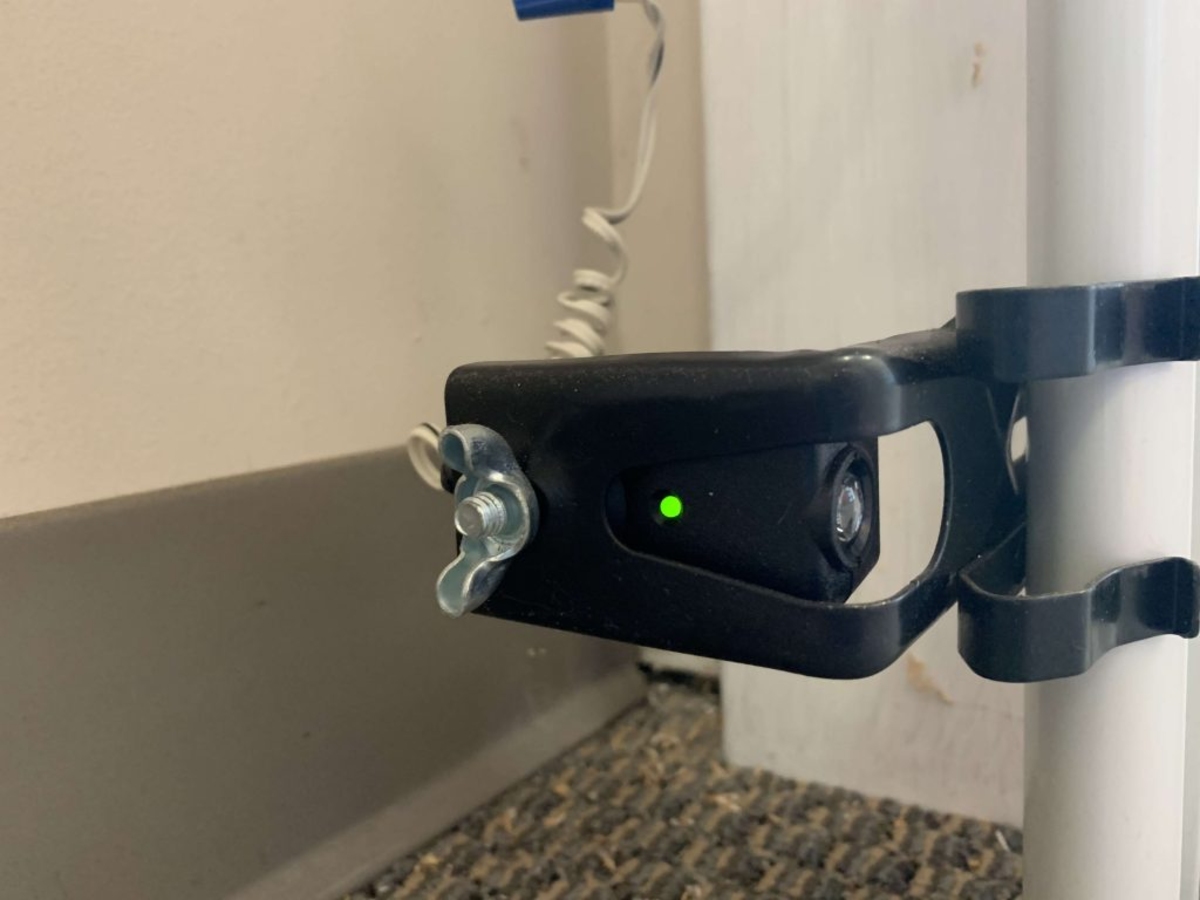
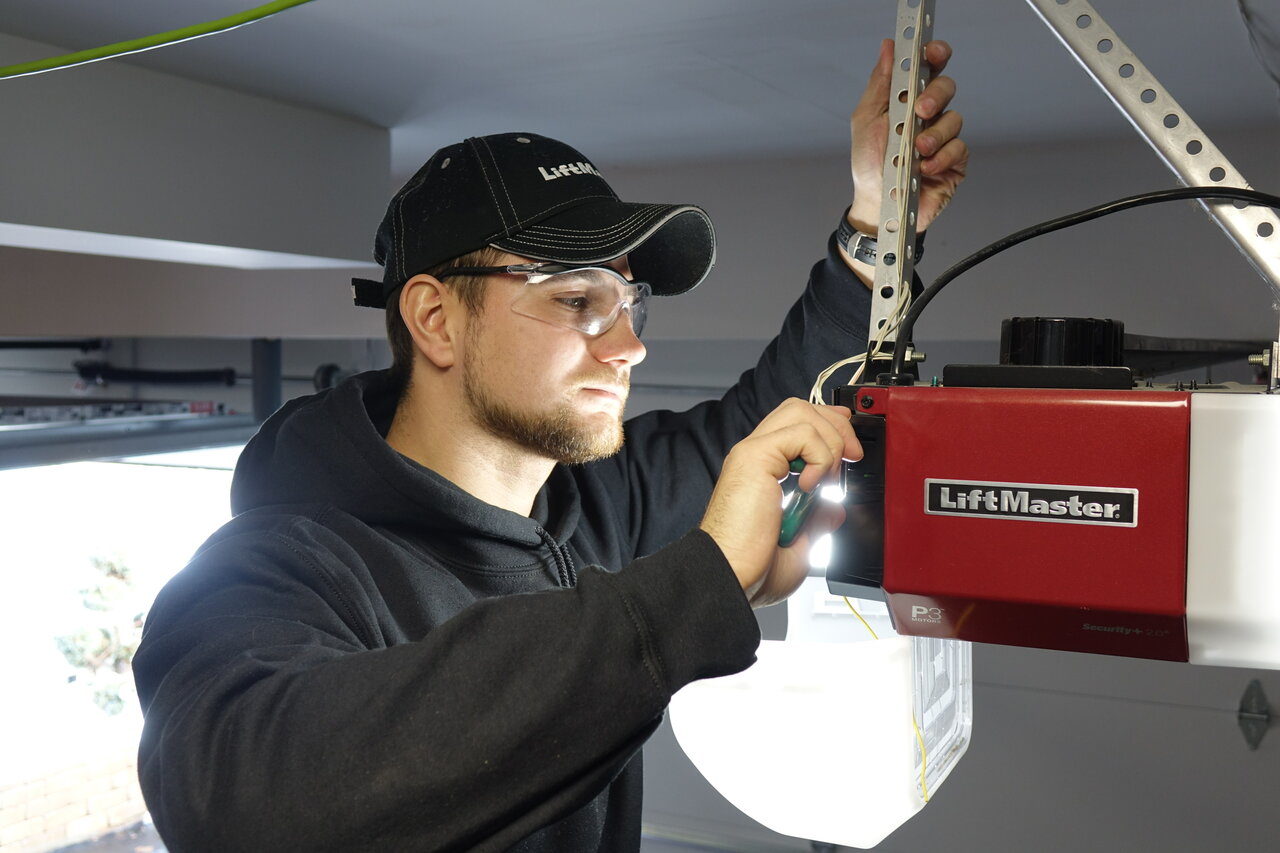
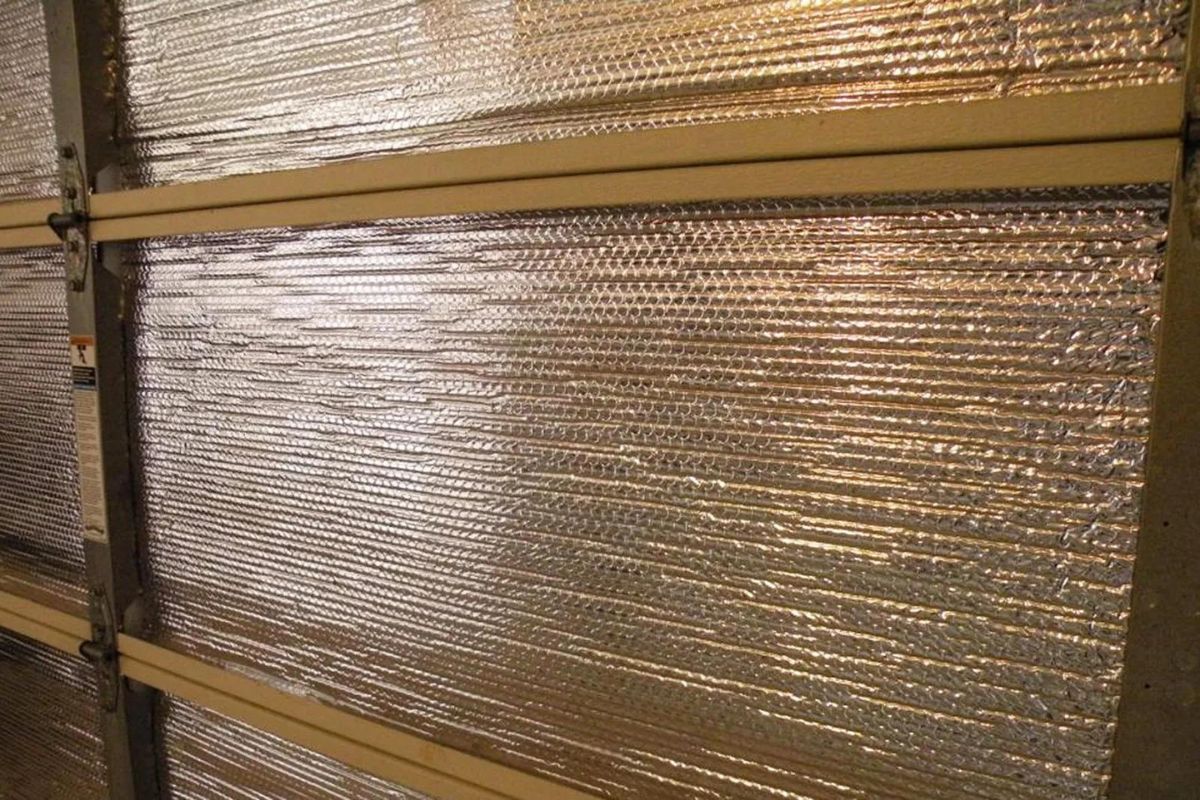
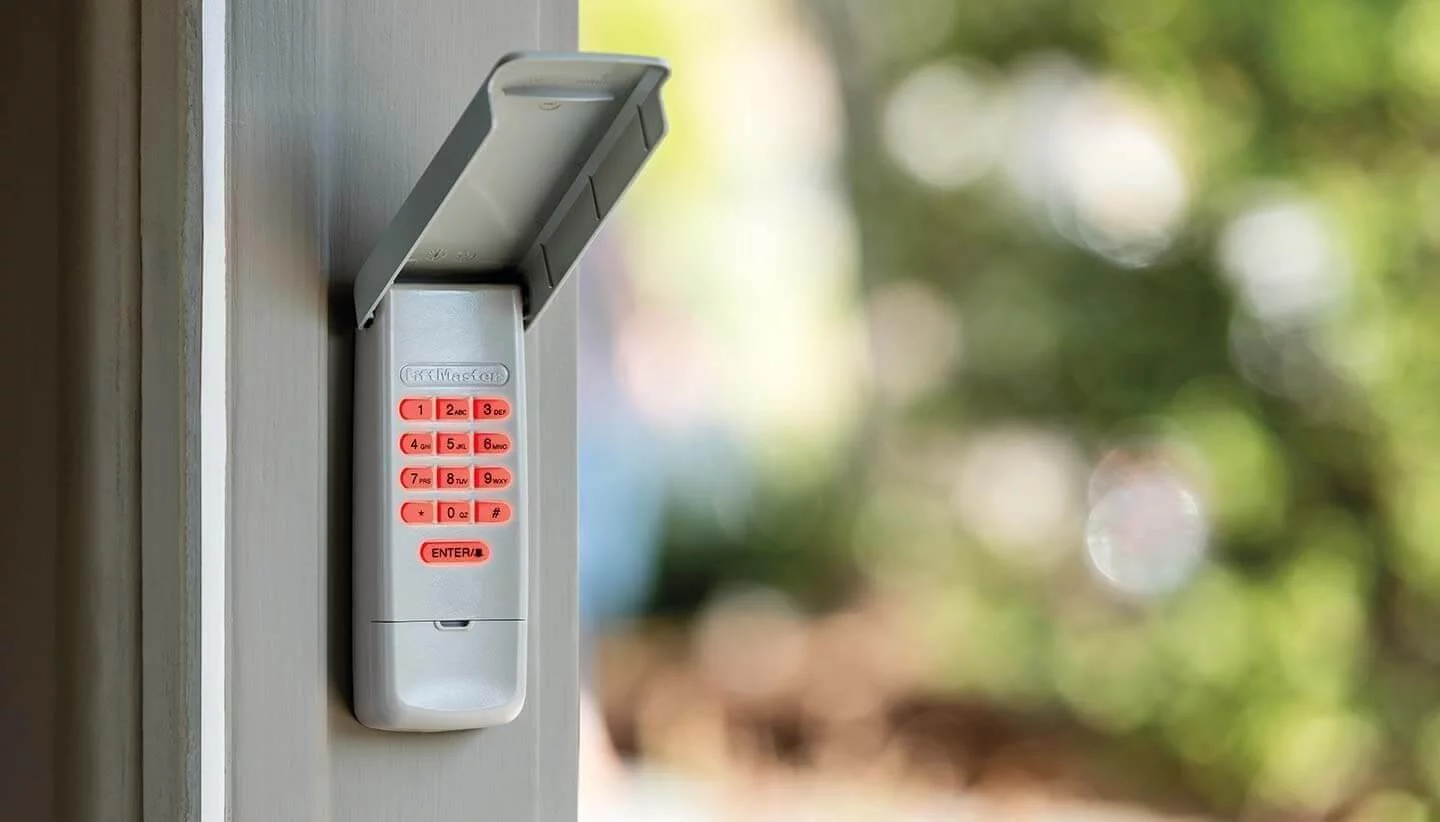
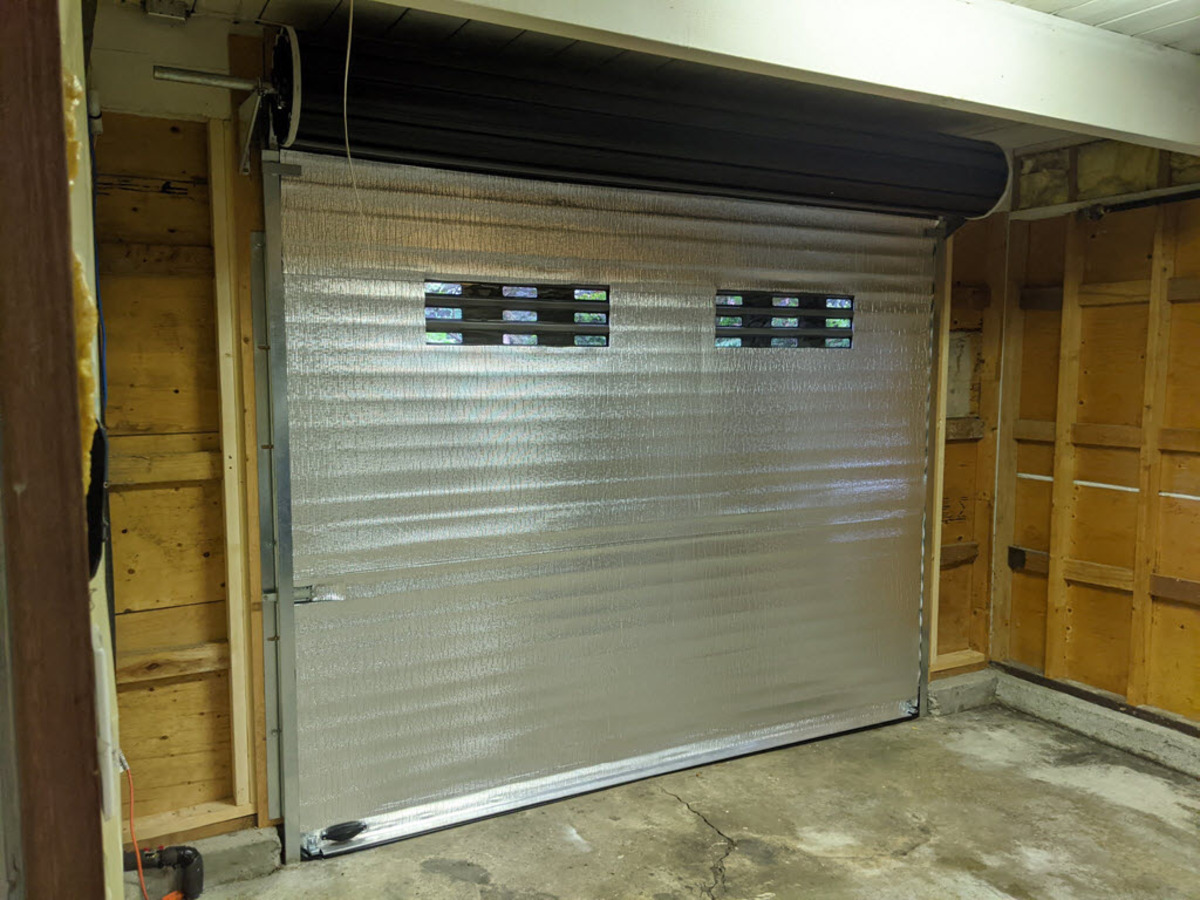
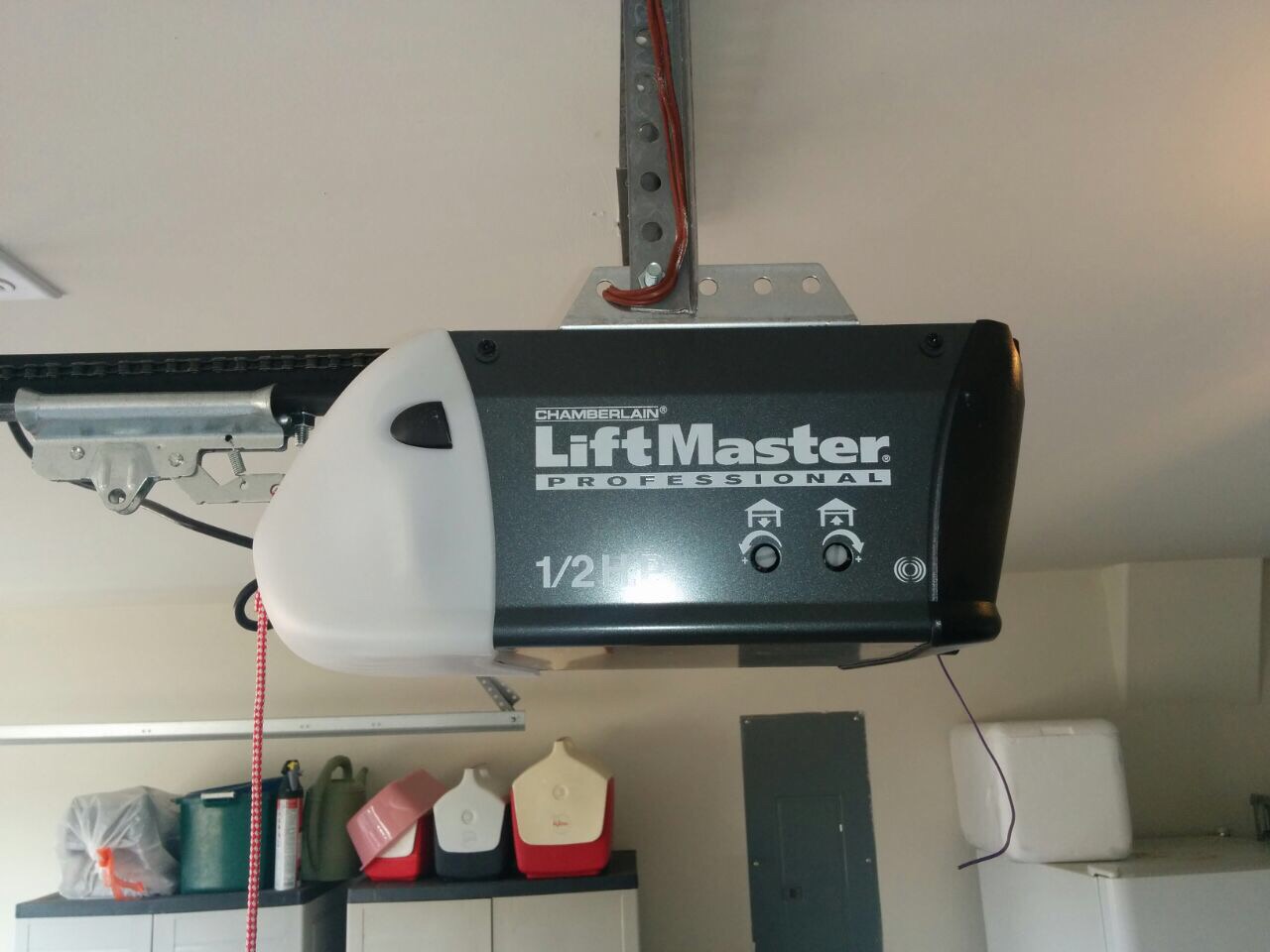
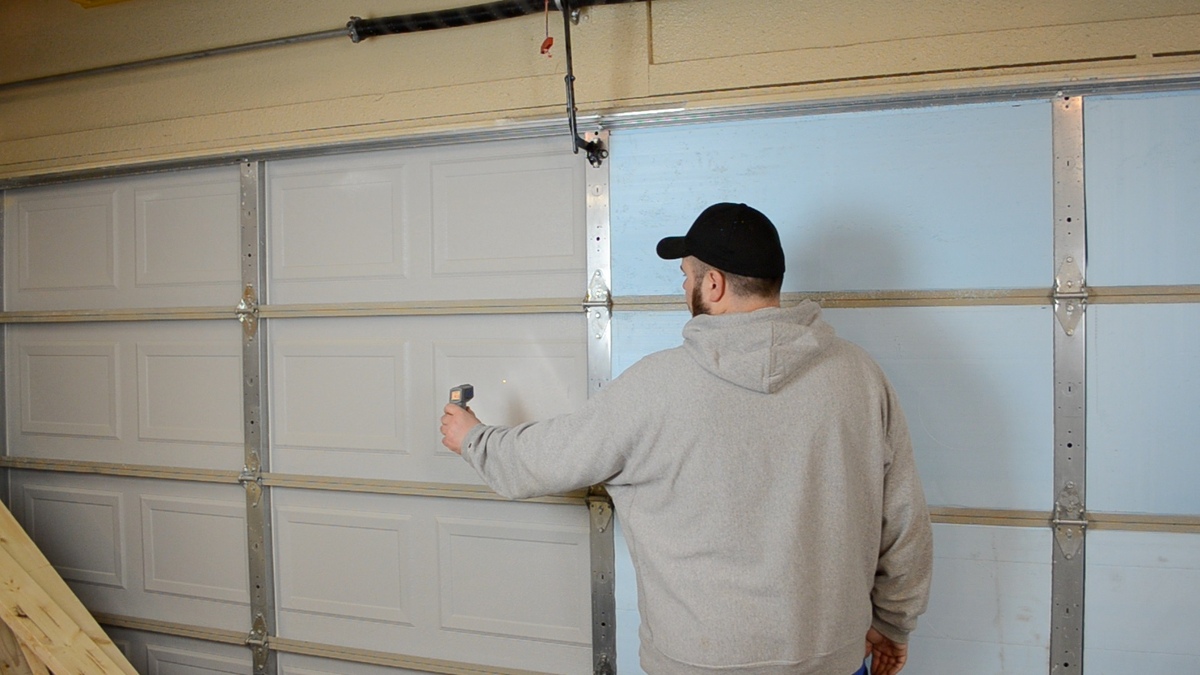
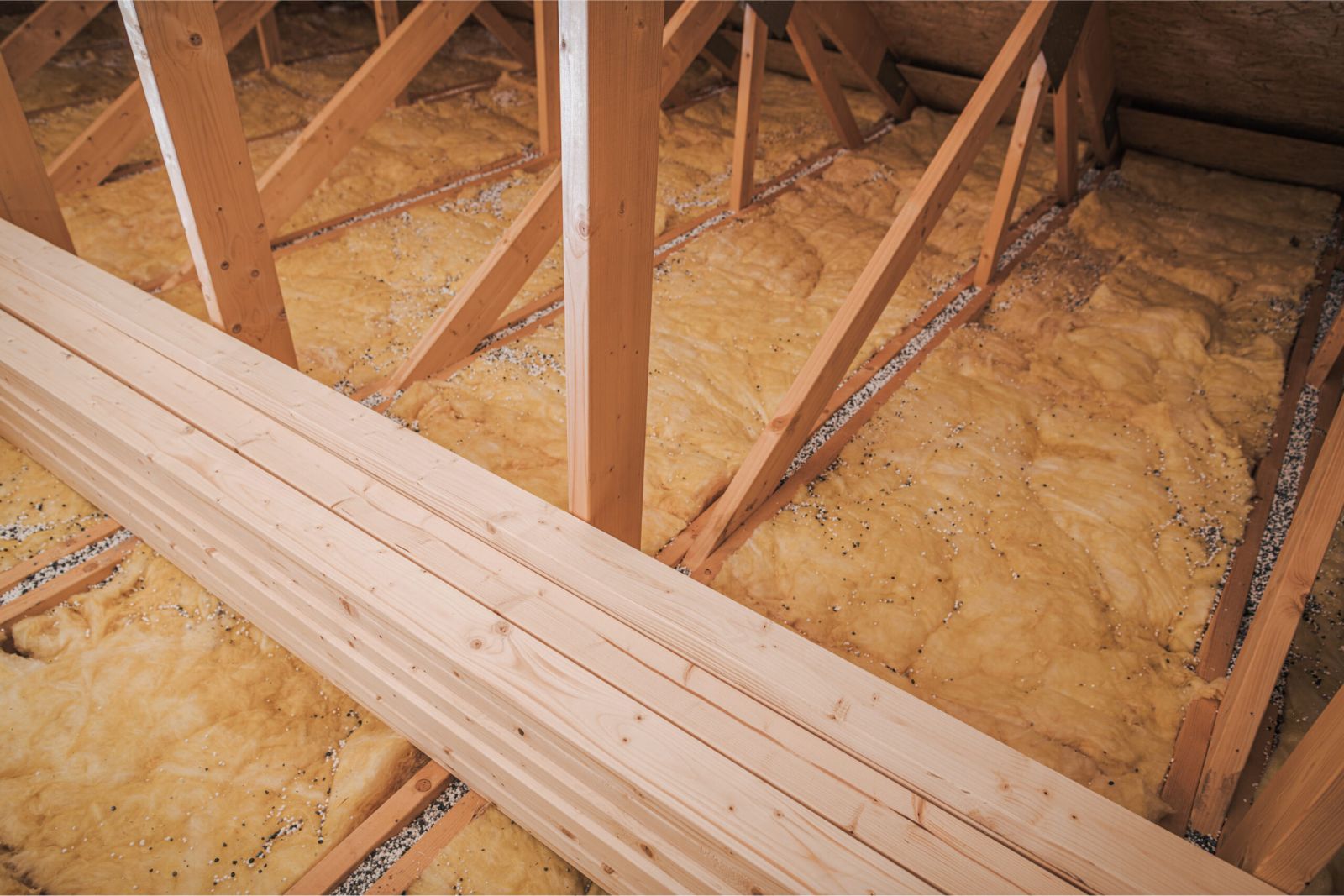
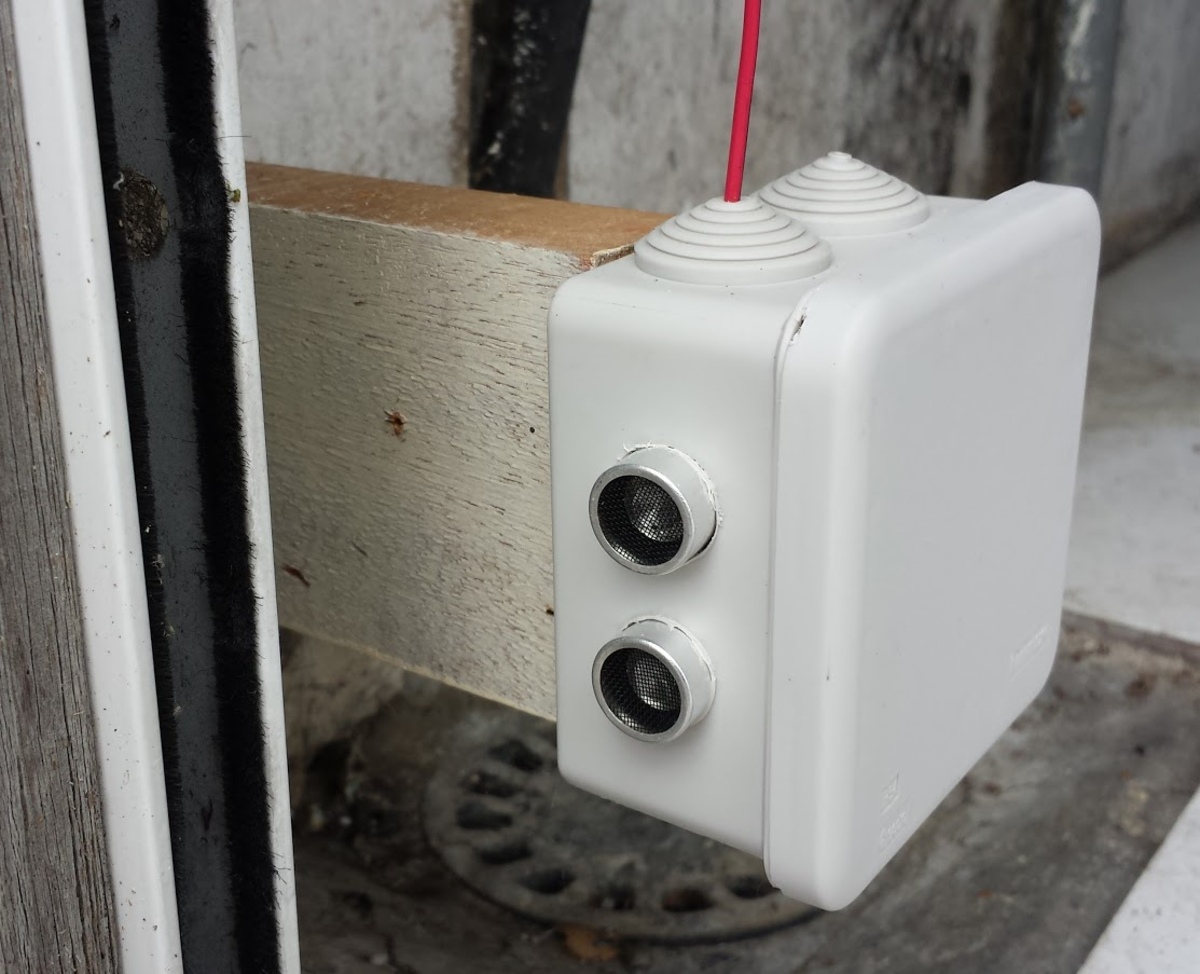
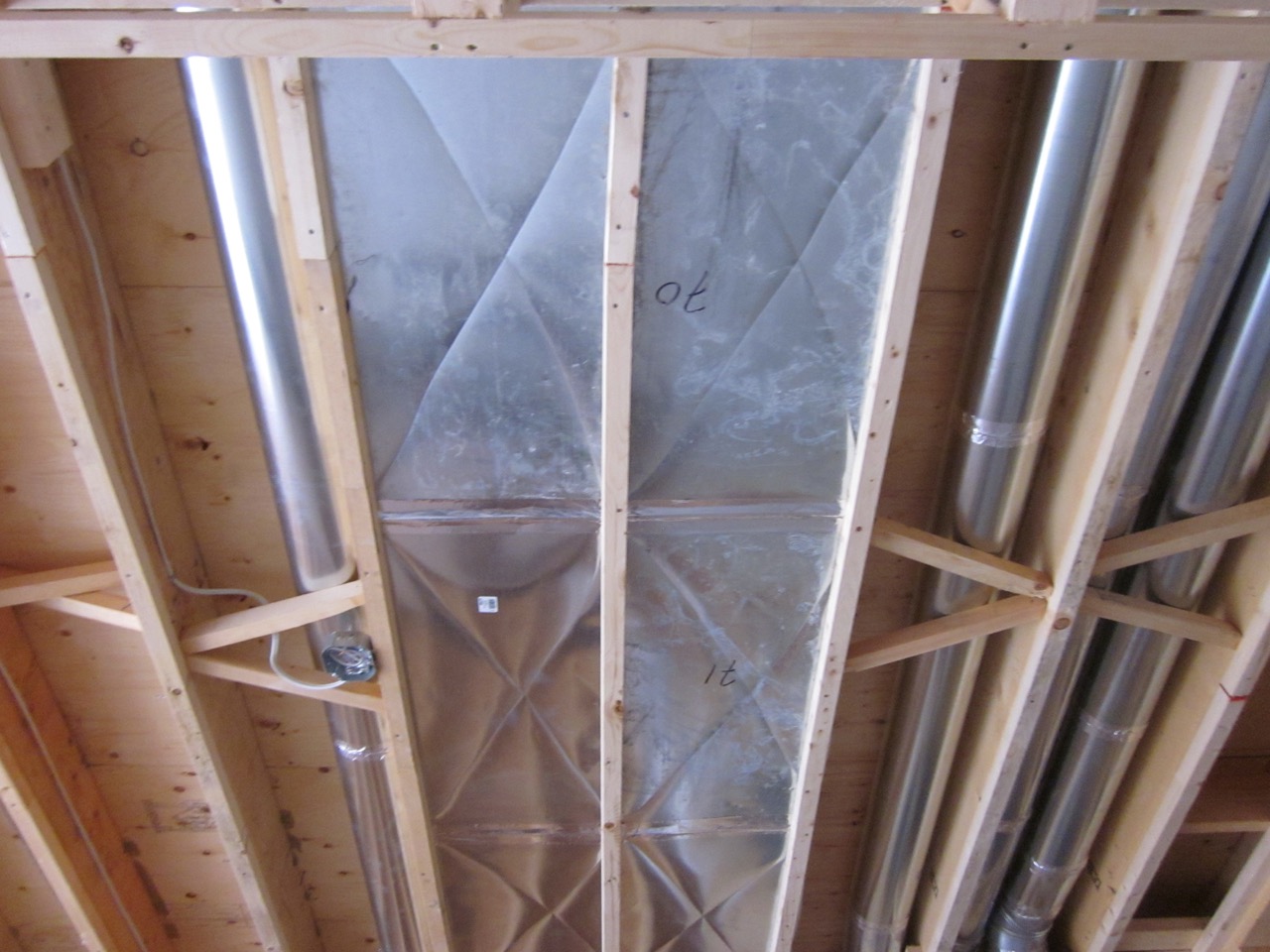
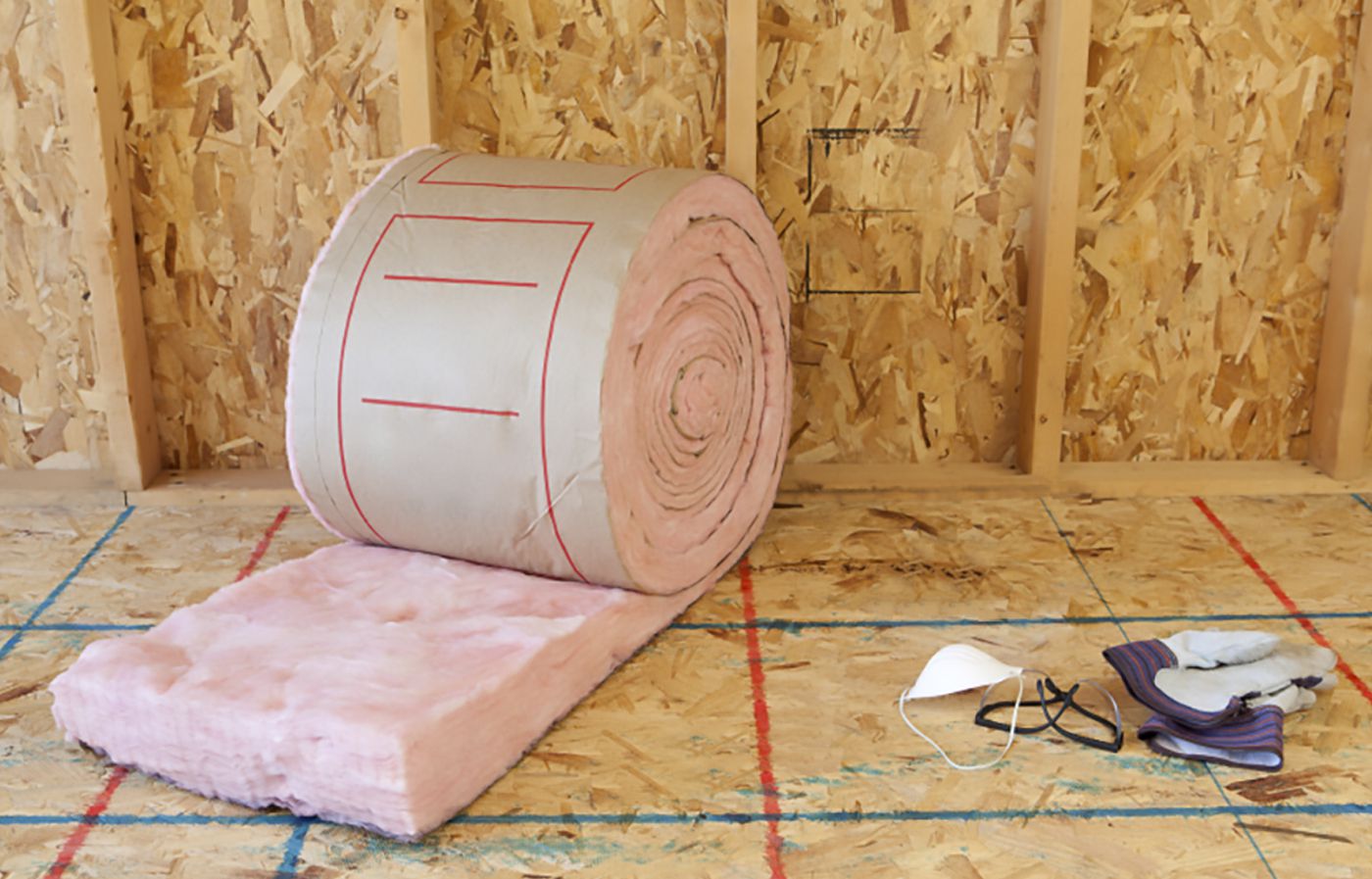
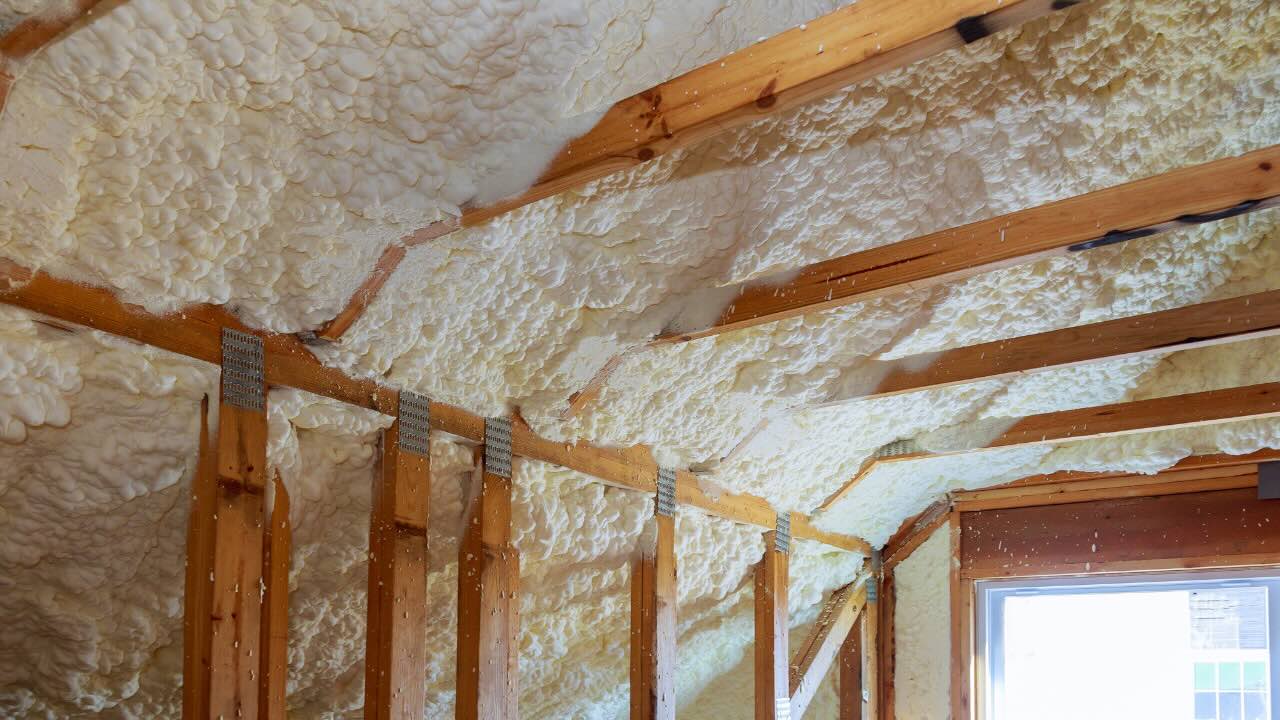
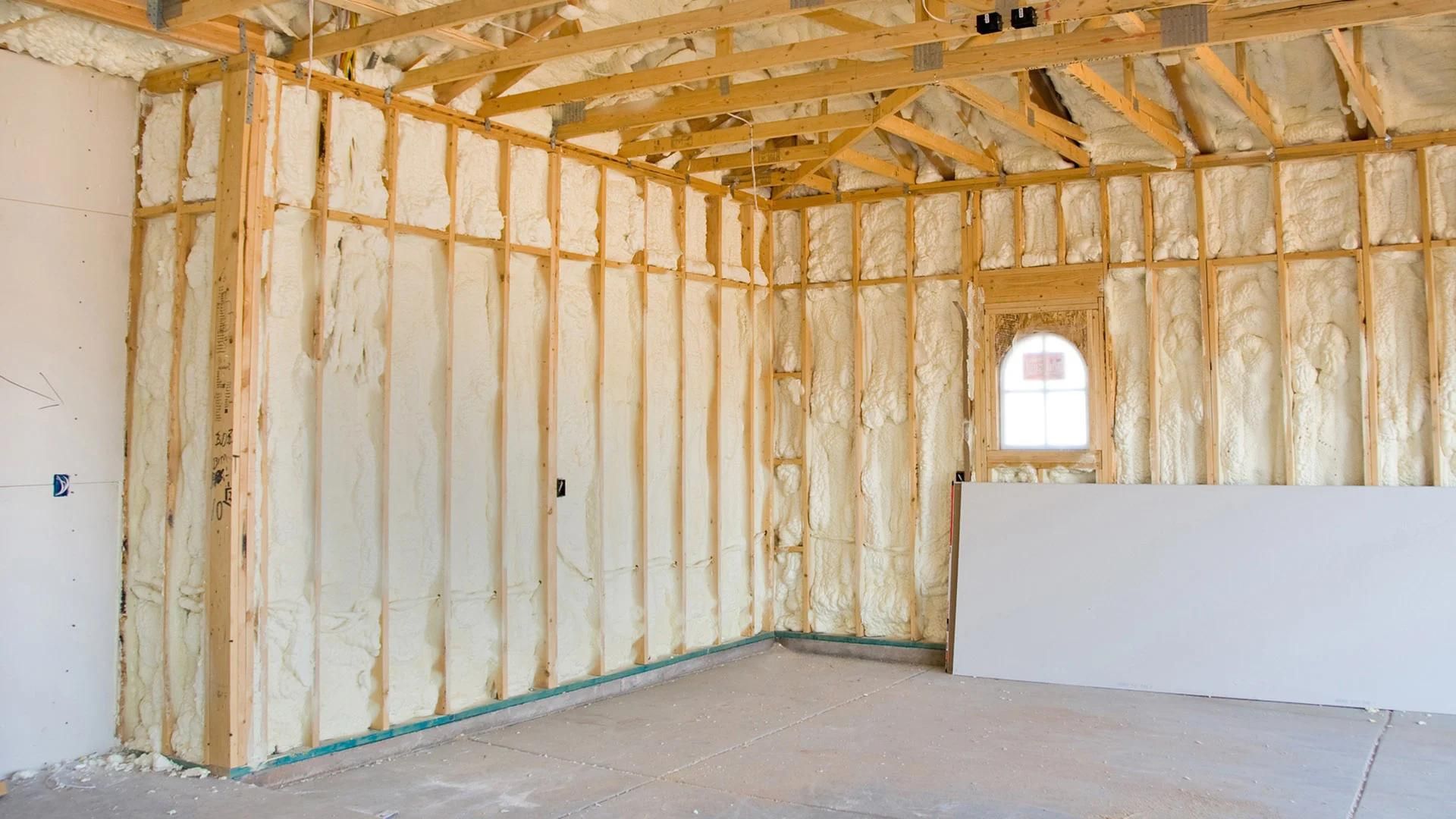
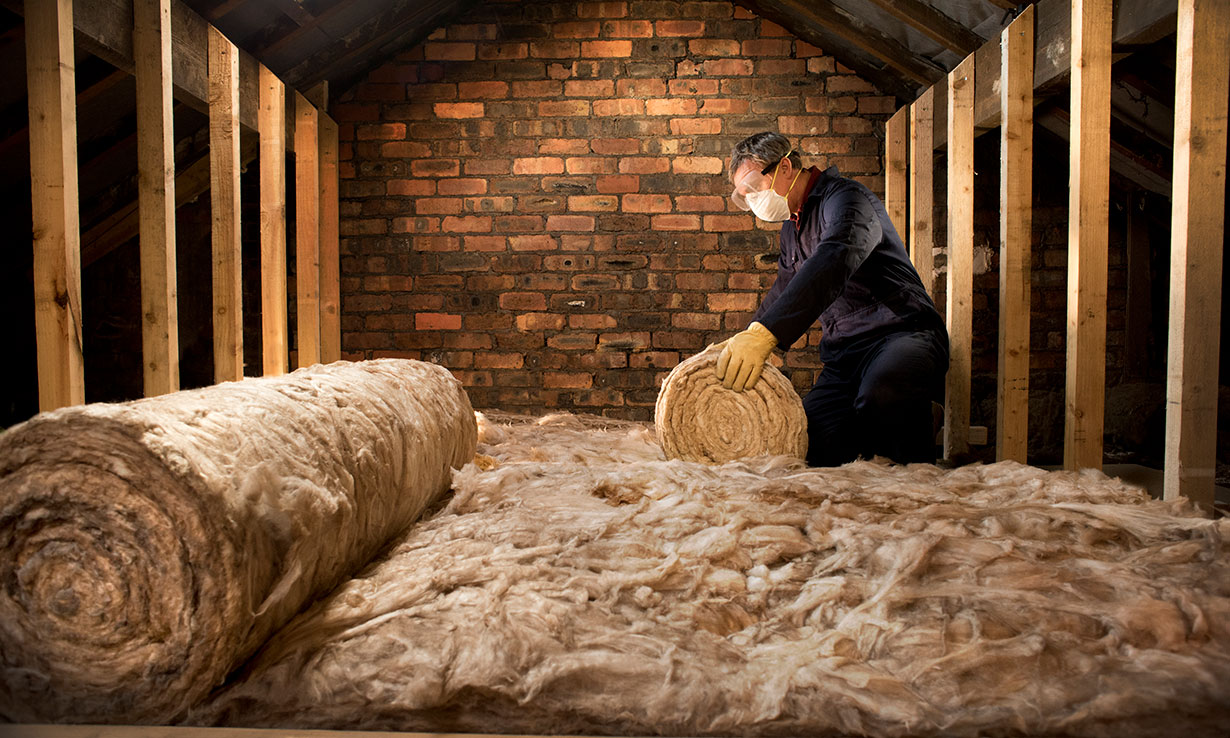

0 thoughts on “How Do You Insulate A Garage Door”